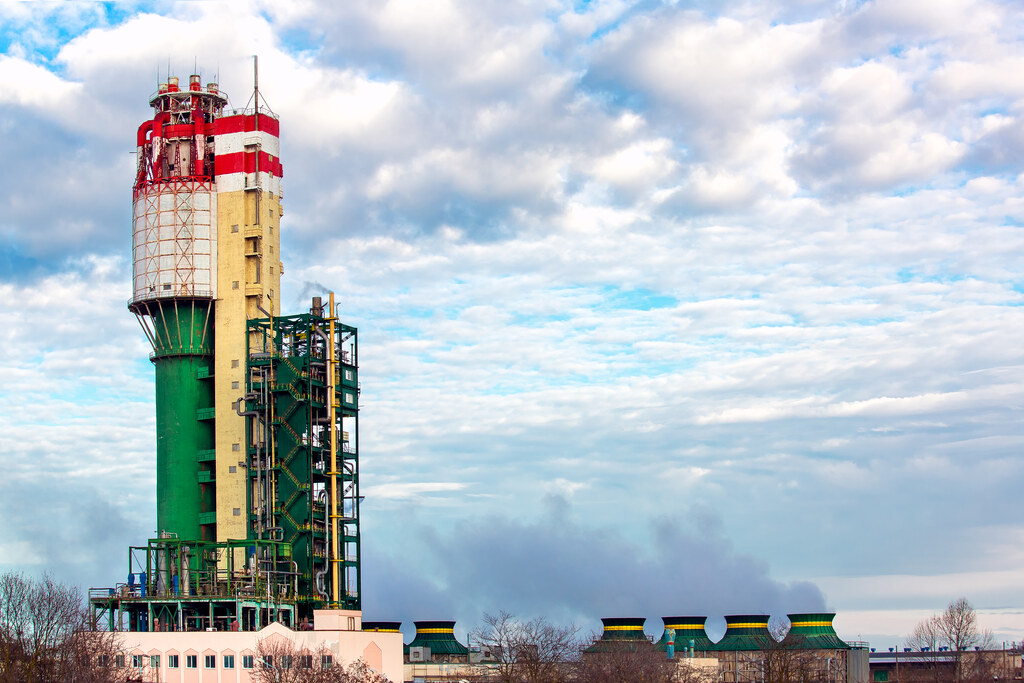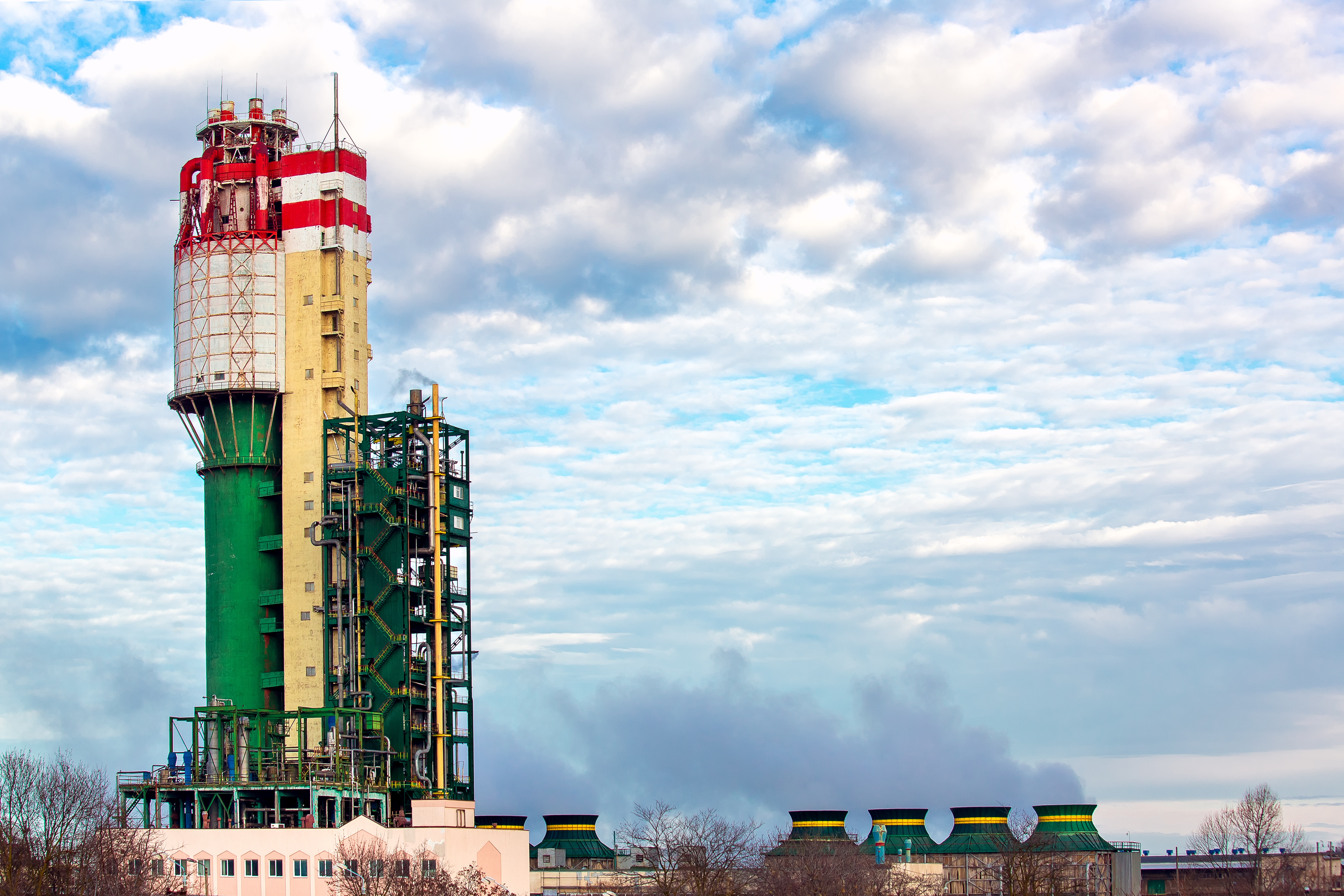
About AMPROSE
The AMPROSE project seeks to explore the potential of ammonia as a clean energy innovation. Industrially produced ammonia (NH3) is vital for global agriculture, supporting 40–60% of food production as…
The AMPROSE project seeks to explore the potential of ammonia as a clean energy innovation. Industrially produced ammonia (NH3) is vital for global agriculture, supporting 40–60% of food production as a key fertiliser component. Its significance as a raw material for the fertiliser industry and its potential as an energy carrier for maritime transport underscore its strategic importance.
The project will investigate the viability of integrating renewable energy (wind, solar, etc.) into the ammonia economy for the Baltic-Nordic region. The techno-economic analysis will assess the feasibility of green NH3 production, considering the dependence of NH3 price on green H2 costs. The project aims to undertake a thorough analysis of the energy landscape in the Nordic and Baltic regions, with a specific focus on the integration of renewable energy sources. The analysis will encompass the entire energy market ecosystem, including the generation, transmission, and consumption of energy, with a particular emphasis on the factors influencing the production and pricing of green ammonia.

Photo: Bespalyi via iStock
The energy market modelling tool will aid in conducting a comprehensive cost-benefit analysis of green ammonia production under different scenarios to explore different future trajectories for the energy market. This includes different penetration levels of renewable energy, variations in energy demand, technological advancements, and changes in regulatory policies. Also, the project will demonstrate electrochemical ammonia production using affordable and primarily non-critical raw materials as an alternative to the energy-intensive traditional Haber-Bosch process.

